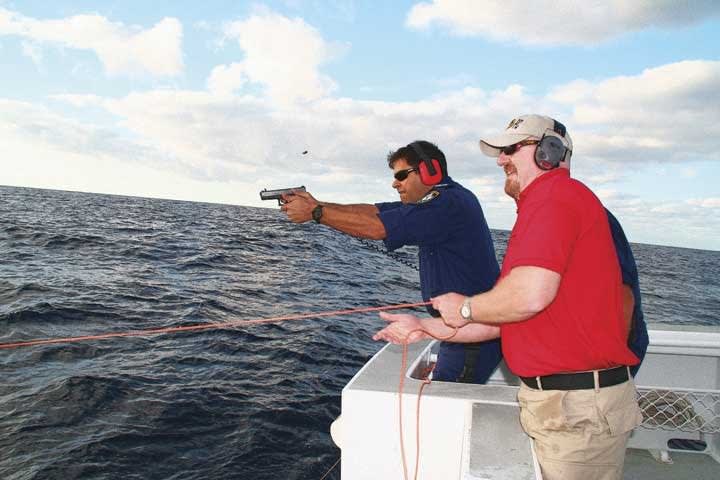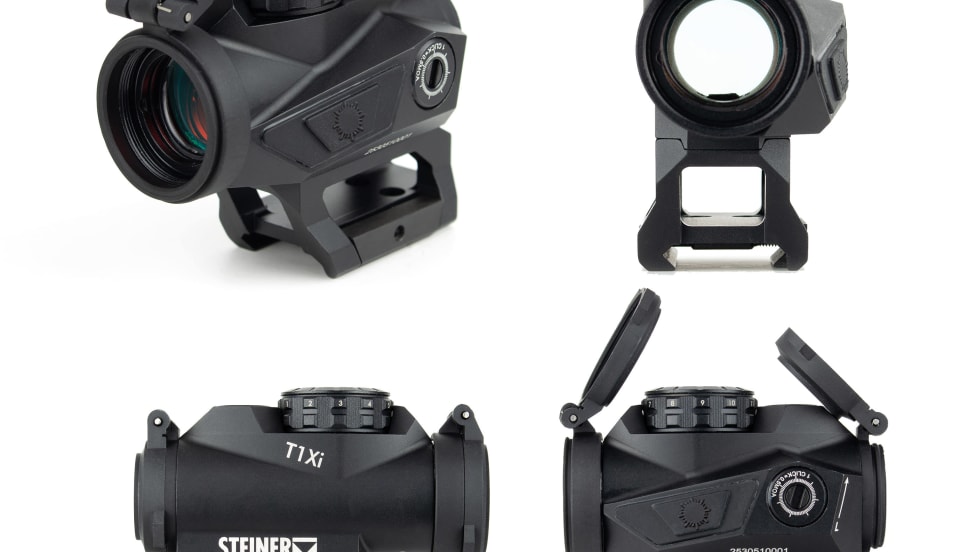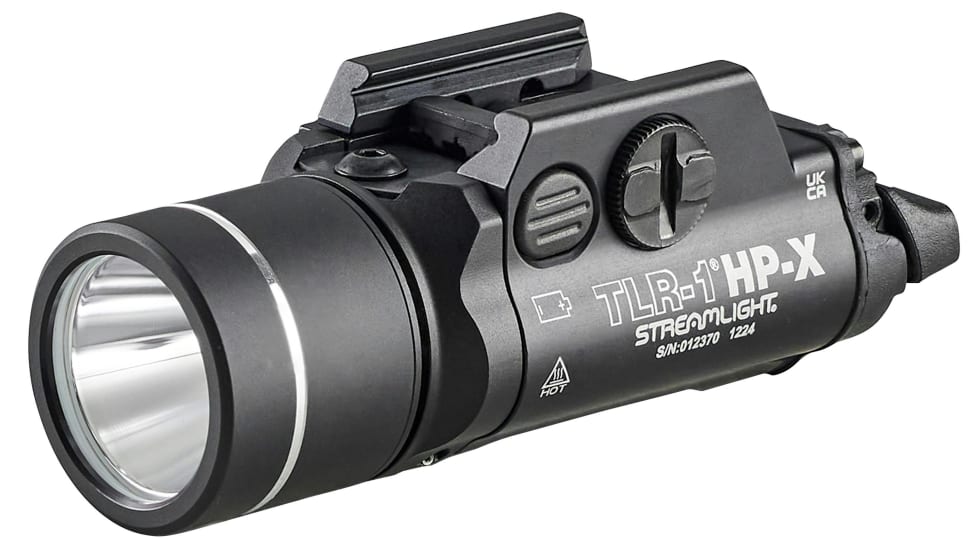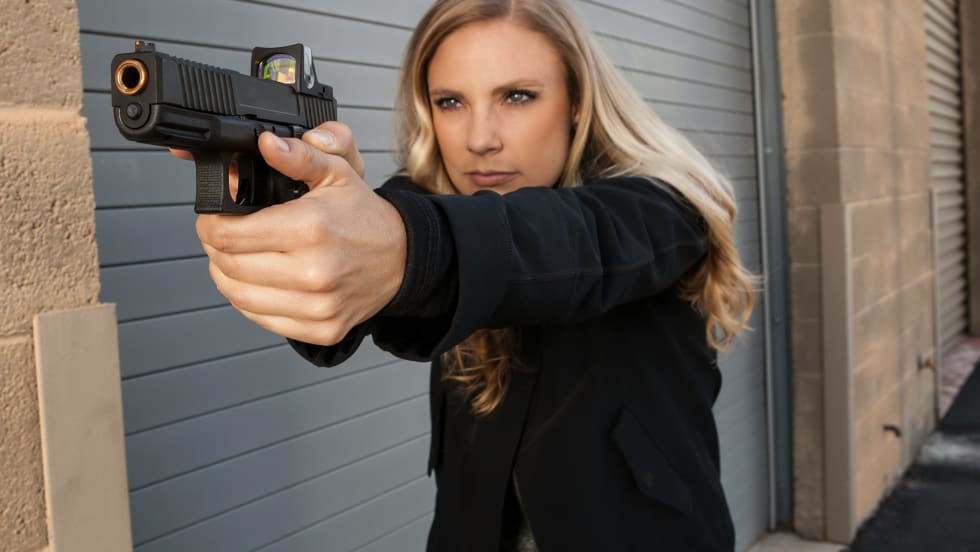There are certain shooting drills that you can do to simulate the rocking, pitching motion of a boat. The first one, and probably the easiest one, is to simply tie a piece of cord around the neck of a plastic two-liter soda bottle and throw it over a cable, target stand, board, or whatever else you can find to use. Now pull on the cord and watch the bottle move up and down, as if it were a target bobbing on open water.
As the bottle is bobbing up and down and pitching back and forth, have the student shoot it. To add some weight to the bottle and to make it a little more interesting for the student, fill the bottle with water. Now you have a bobbing, reactive target. When the shooter hits the bottle with his or her rounds, the bottle will burst, and the water will go flying through the air, providing instant feedback to the student.
Shake and Bake
In the "shake and bake" drill you'll have shooters and/or students on the firing line and a shooting coach behind them. The shooter will draw his or her firearm, and point it down range at the target. The shooting coach will then grab the shooter's shirt collar, and belt, and simply move the shooter back and forth, and around in a circle, in essence, shaking and baking the shooter. You'll want to move the shooter around just enough so his or her feet don't move, just the upper body.
As the shooter is rocking and pitching back and forth, the instructor gives the command "Fire!" The shooter on the line is responsible for placing an effective shot into the target as he or she is being moved around by the shooting coach. Once you've got this drill down, combine it with the bobbing bottle from the first drill, and you now have a moving shooter, and a moving reactive target.










